Transgender and non-binary pupils at a Fife secondary are raising awareness of life in school for those coming out. Cheryl Peebles has heard their stories and looked at how schools are supporting trans young people.
“The first time I heard my [preferred] name in class I had butterflies in my stomach.
“Coming out at school meant I didn’t need to pretend anymore.”
Those are the words of a pupil at Queen Anne High School in Fife who is raising awareness with peers of the lived experience of transgender and non-binary young people.
They are among an ever-growing number of young people across Scotland who feel their gender is at odds with the sex they were born.
With staff and parents at the Dunfermline school, they have spoken out about their experience and the support they get in school in a short film broadcast at Education Scotland’s Scottish Learning Festival in September.
Four of the pupils involved – who identify as a trans non-binary boy, trans-masculine, a non-binary female and an LGBT ally – also told us about what it’s like coming out in 2022.
We heard from teachers about the support they offer, and a mother how she reacted to learning her child was transgender.
And we have looked at what other schools in Courier Country are doing to embed controversial government guidance on supporting transgender young people.
To protect their welfare, we agreed not to identify any of the young people involved or provide a direct link to the film, which is on Queen Anne High School website.
According to research published by LGBTQ+ charity Stonewall in 2017, 71% of trans pupils in Scottish schools were bullied, and many people who have spoken out publicly on trans or gender issues have been abused or threatened.
‘Fear of rejection’
For one of the pupils, sharing their identity at school was easier than at home.
They said: “You love your family so much that the fear of rejection is just too much.
“The hate and stuff on social media gets inside your head and I worried a lot about telling them, even though I have a loving family.”
Another told us: “I also found it easier to come out as trans at school because they just knew what to do and say and didn’t judge me.
“I did tell my parents first but had a lot of fear about that. They did support me but no matter how loving, caring, and sympathetic they are you still doubt their reaction.”
Society needs to keep up with the school.”
A Queen Anne High School pupil
One of the pupils said homophobia and discrimination remains an issue but recognition by teachers made them feel supported in school.
But not all schools are “like ours”, one said, adding: “Society needs to keep up with the school.”
In the film, one non-binary pupil tells how a comfortable and supportive environment in school allowed them to “properly figure out who I was as a person”, while a transgender youngster said staff helped him after he changed his name by going along with every ‘tweak’ he made.
Making the film has helped explain to others what it’s like to live as transgender or non-binary, another pupil said.
“There’s lots of misinformation about transgender people and it’s upsetting.
“We don’t have a secret agenda and we just want equal rights.”
How teachers help
Like many secondary schools, Queen Anne High School has an LGBT+ group – around 40-strong – which meets weekly, and the school is working towards its LGBT Youth School gold award.
A teacher told us that school policy had been adapted to better support transgender young people and others with their gender identity.
Staff training has raised awareness of using gender specific pronouns – which can include they, it, ze/zir, – and single stall, gender neutral toilets have been provided alongside single sex toilets to provide increased choice.
The teacher said: “This has made our young people feel safe.”
Our young people are brave, smart and quite brilliant and we want to support them with their activism.”
Head teacher Ruth McFarlane
Growing worries among staff about “getting it wrong” for pupils was among the incentives for making the film, which the NHS and Dundee University have asked to use as a training resource.
Head teacher Ruth McFarlane said: “We have shared this information in the hope that it helps to raise greater awareness of gender issues, enabling people to make more informed decisions.
“We have also agreed to support this as our young people are brave, smart and quite brilliant and we want to support them with their activism.”
A parent’s experience
“I was scared for him and also sad for the struggles I didn’t know he was experiencing,” the mum of one of the pupils told us.
“I also struggled to let go of my hopes for his future, but realised that those were my ideals and not his!
“We supported him in every way imaginable and still do, from clothes to gender clinic appointments and new haircuts to emotional support.
“That’s what needs to be done for them to have a safe space at home when the world can be a cruel place at times.”
I couldn’t be prouder of the man he is becoming.”
Parent of a transgender youth
But she said she was “so proud” of his involvement in the school film and “fighting for the rights of trans folk everywhere”.
“I couldn’t be prouder of the man he is becoming.”
Supporting her child had been a “huge learning curve”, she said, with no support or guidance.
Her advice for other parents entering a similar situation?
“Talk to your child, just talk to them.
“Remember this is what we raised them to do – be themselves.”
What is the Scottish Government’s guidance for schools?
Guidance on supporting transgender young people in schools was published by the Scottish Government in August last year.
Teachers, it says, should respect a young person’s wishes and use the name and pronoun they ask to be used.
Those aged 16 and over can request a change to the sex in their school record or addition of a name they wish to be known as. For those under 16, the request must be made by parents or carers.
Staff and other young people should avoid ‘deadnaming’, the guidance says, as intentionally calling a transgender person their previous name could be distressing and read as bullying.
Transgender people should also not be made to use the toilet or changing room of
their sex at birth, it says.
How have Tayside and Fife schools responded?
In Dundee last year alone, five pupils had the sex on their school record altered from male to female or vice versa – a figure likely to reflect a fraction of the actual number of trans young people.
The city council was the only one to provide this statistic in response to a series of questions we posed under freedom of information legislation to it, Angus, Fife and Perth and Kinross councils.
Fife did not respond to any questions.
The three councils which did respond said they had issued the government guidance to schools. Dundee was the only one to provide training on it – an online event involving 45 staff from all sectors and school clusters. Perth and Kinross Council said “guidance bespoke to the needs of individual transgender pupils” was provided to any school requiring support.
Gender neutral toilets
They also told us gender neutral or unisex toilets are only available in a few Dundee and Perth and Kinross schools. These are:
- Baldragon Academy
- Sidlawview Primary School
- Longhaugh Primary School (P1 to P4)
- Harris Academy (but not used as such, with separate entrances)
- All Perth and Kinross campus schools
- Six other secondary schools and three other primary schools in Perth and Kinross (not specified which)
In Angus some new schools have semi-open plan toilets but cubicles remain allocated to male or female. These are Timmergreens, Warddykes, Ladyloan, Muirfield, Hayhead and St Thomas primary schools, Brechin High School and Forfar Academy.
Planned refurbishment at Arbroath High School will create unisex toilets and toilets planned for the new Monifieth High School will include single cubicles.
A new guide to coming out for young people who are trans, non-binary or questioning their gender identity has been published by LGBT Youth Scotland.
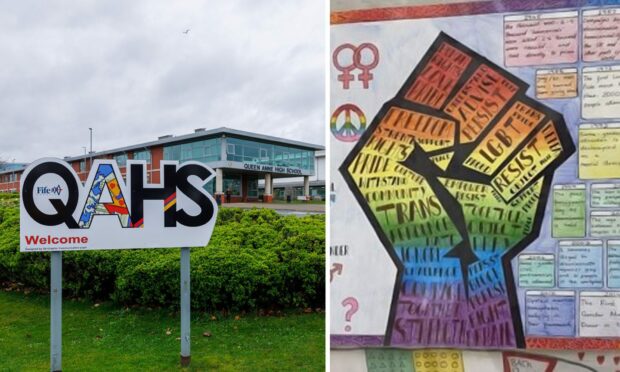
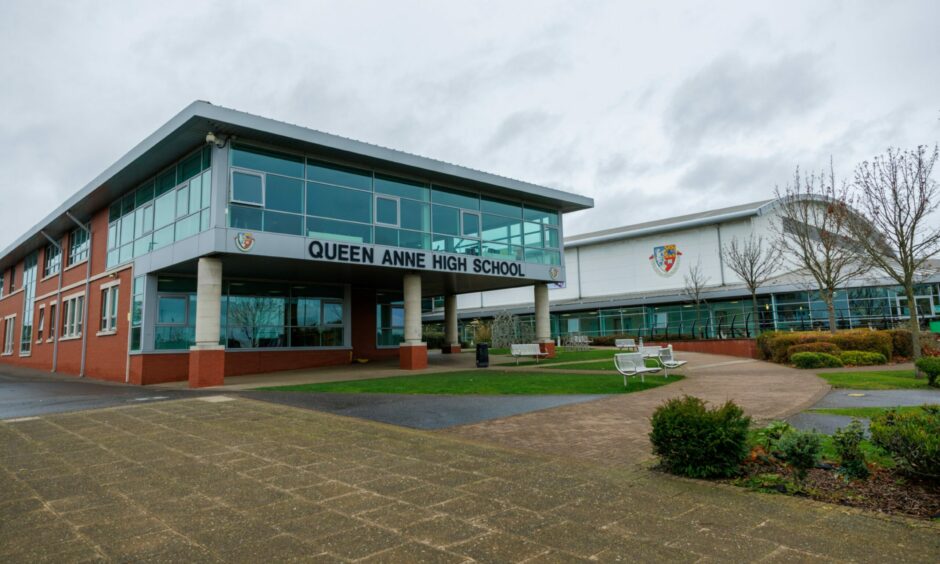
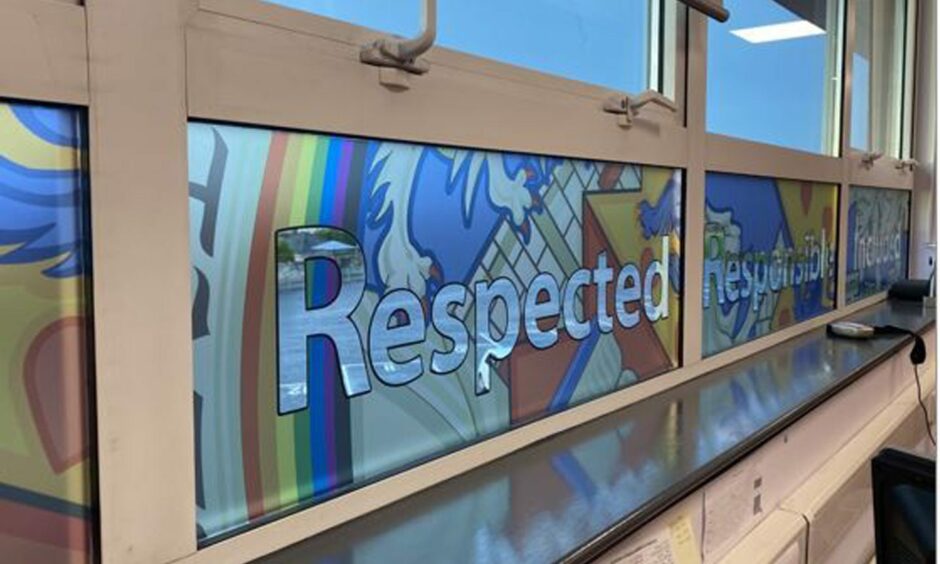

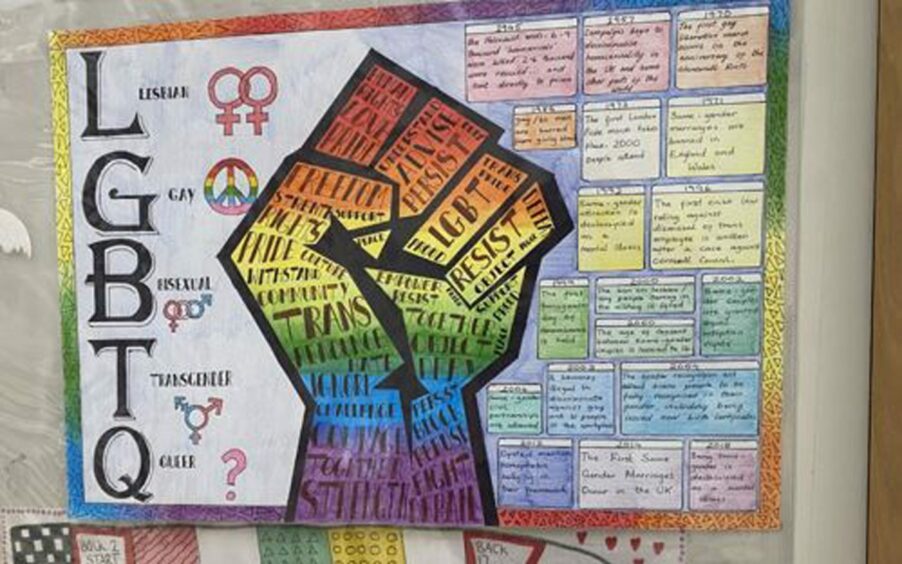
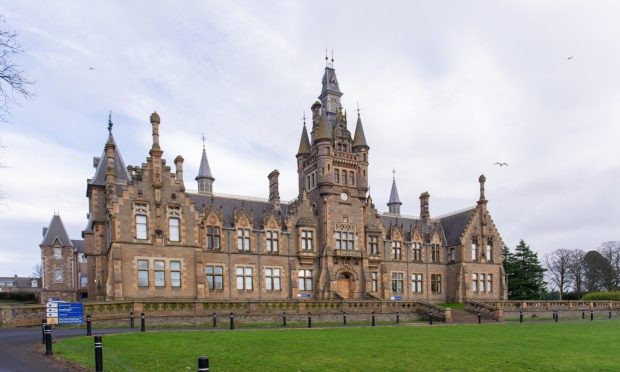

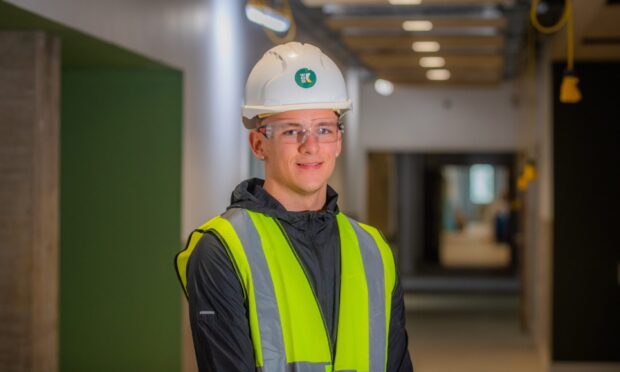
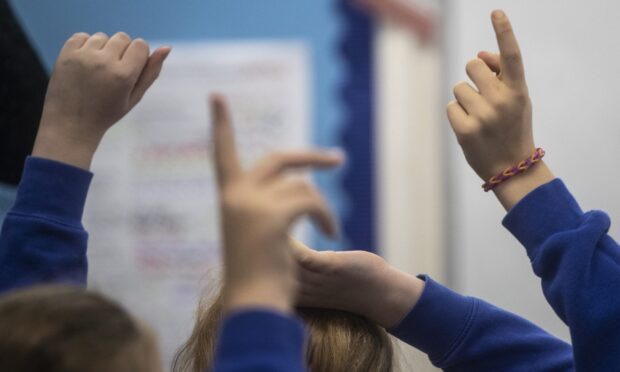
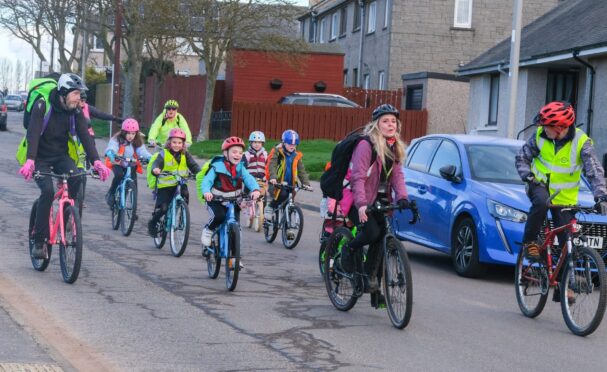
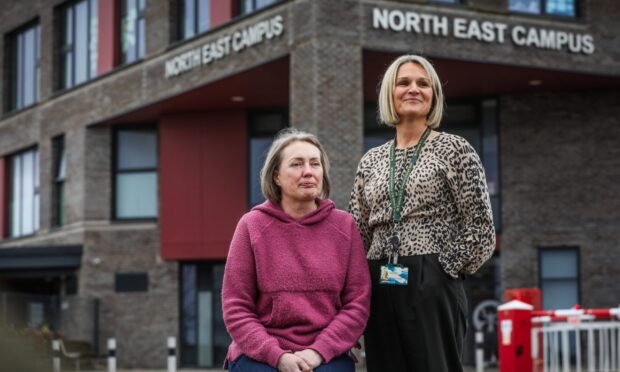

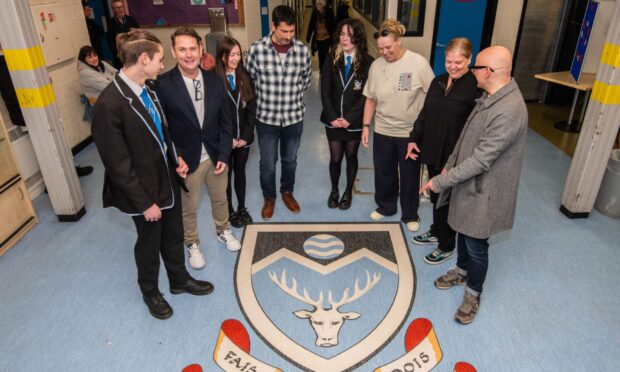
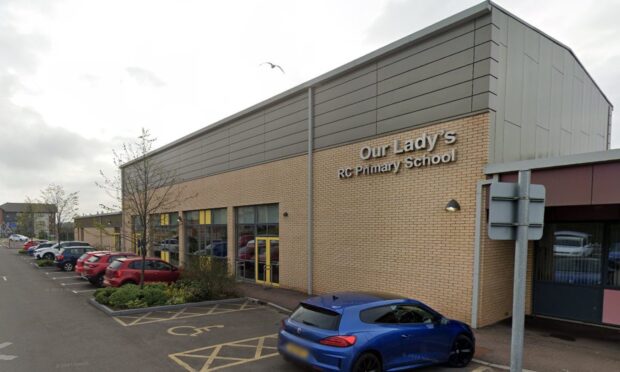
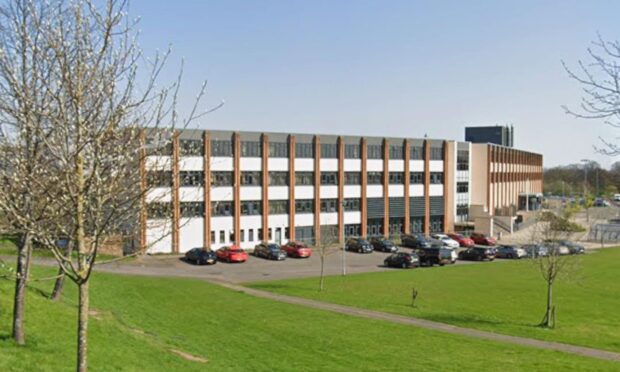
Conversation